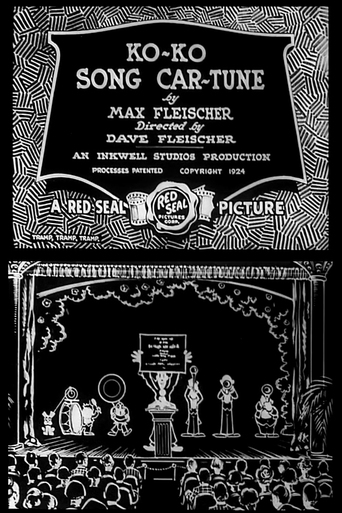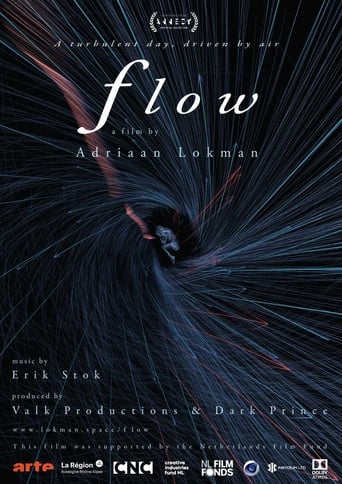“Tramp, Tramp, Tramp the Boys Are Marching” features a song that dates back to the Civil War, one which was still familiar to audiences of the 1920s. The cartoon begins as Koko the Clown emerges from an inkwell-- an iconic image for animation buffs --and then steps over to a chalkboard to draw an orchestra. The band, “Koko's Glee Club,” marches to a nearby cinema (accompanied by a dog who beats cymbals with his tail) where they lead the audience in the title song. (IMDb)


Similar titles
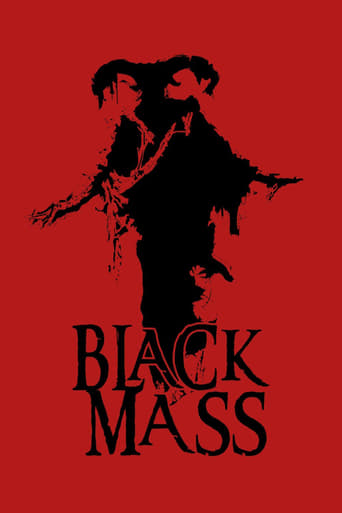
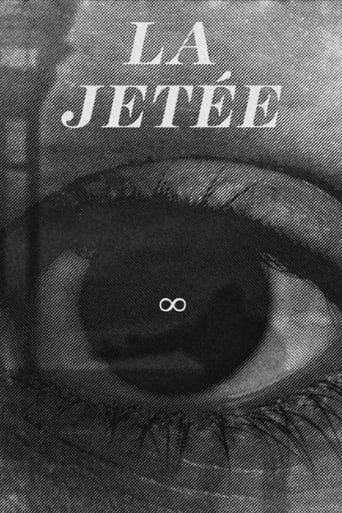
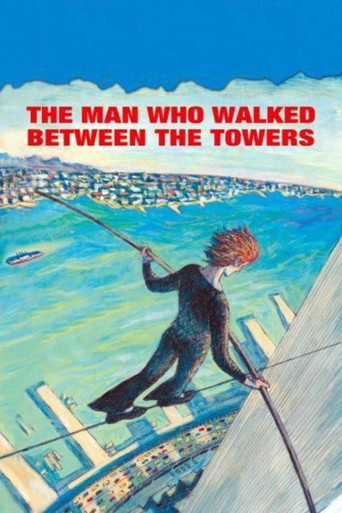
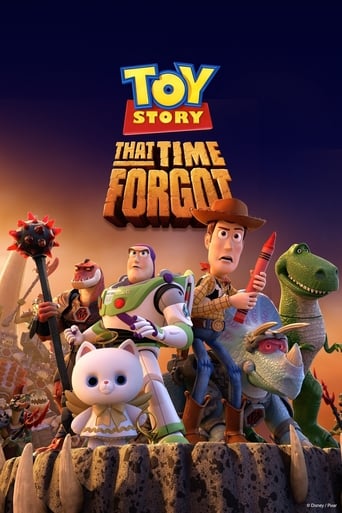
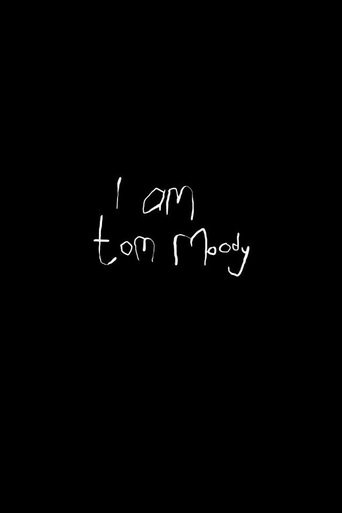
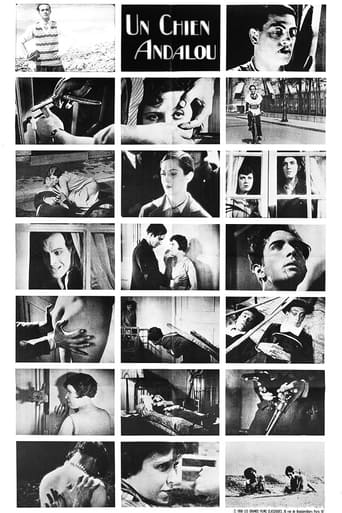
Reviews
Dave Fleischer was responsible for many gems. Ones that were amusing and charming, though over-cuteness did come through in some efforts and the stories were always pretty thin, with appealing characters, outstanding music and visuals that were inventive and with innovative animation techniques.Ko-Ko similarly was an always amiable character to watch and among the better recurring characters in Fleischer's early work. Likewise, his series of Out of the Inkwell cartoons were among the best early efforts of Fleischer and silent cartoons in general. Fleischer may not be at his very finest and there are far better Ko-Ko cartoons than 'Tramp, Tramp, Tramp the Boys are Marching'. It is still pretty good though as long as not too much is demanded.The story is as thin as ice, not really one at all. Sometimes it's a bit pat and with little surprises. Ko-Ko could have had more to do.However, there is a good deal to like. The animated sing-along portion is fun and charming and the character interplay likewise. One expects the animation to be primitive and very low quality, judging by that it's the 20s when animation techniques were not as many, as refined, as ambitious and in their infancy. While Fleischer became more refined and inventive later certainly, the animation is surprisingly good with some nice visual wackiness and wit.Everything is bright and breezy and there are amusing moments, though never particularly imaginative. The characters are likeable. In summation, pretty good. 7/10 Bethany Cox
There's a memorable scene in the 1963 drama "Hud" where the lead characters go to the movies, and before the feature begins they're treated to one of those ever popular Follow-the-Bouncing-Ball cartoons. The whole audience sings along, even crusty old Melvyn Douglas. I wasn't old enough to see any Bouncing Ball cartoons in a theater myself, but they were a staple on TV when I was growing up, and singing along at home was not unheard of; in fact, it was pretty hard to resist. The tunes were usually upbeat and peppy, and that hypnotic little ball would bounce along at just the right tempo, pausing when a note should be sustained then zipping along when it was time to speed up. The backgrounds were always chosen to match the song, of course, and there were funny visual puns to suit the words. It was a brilliant formula, but as a kid I took the series for granted. Much later I was surprised to learn that this long-running series was originally a product of the Fleischer Studio, the folks who brought us Betty Boop, Popeye, and a slew of great Pre-Code cartoons featuring off-color gags, great jazzy music, and weird supporting characters on the periphery who mumble amusing non-sequiturs, sometimes in Yiddish. More surprising still, the Bouncing Ball series began in the early 1920s, back in the silent days. Theater musicians would supply the music, and audiences would supply the singing. The series was wildly successful from the start. On occasion, I gather, the cartoons would be run twice to satisfy popular demand."Tramp, Tramp, Tramp the Boys Are Marching" features a song that dates back to the Civil War, one which was still familiar to audiences of the 1920s. The cartoon begins as Koko the Clown emerges from an inkwell-- an iconic image for animation buffs --and then steps over to a chalkboard to draw an orchestra. The band, "Koko's Glee Club," marches to a nearby cinema (accompanied by a dog who beats cymbals with his tail) where they lead the audience in the title song. I love the idea that Koko, an animated character, has the power to animate his own co-stars, and that they march from the animation studio to the very theater where the viewers of 1926 were watching this film; this is the kind of Funhouse mirror concept one finds in the most imaginative cartoons.The song itself begins on a sad note, as the narrator is addressing us from a military prison, but the chorus expresses hope for rescue and ultimate victory. As rendered here the sentimental verse portion of the song is played straight, but the chorus features a little guy in convict stripes who runs along the lyrics and occasionally illustrates them (i.e. waving a flag on the words "our country's flag," etc.). Eventually, he and another convict leapfrog over each other to freedom.This charming cartoon has recently been made available as part of the DVD set "More Treasures from American Film Archives," a veritable goldmine for buffs. A musical score has been recorded for this short that sounds very much the way we'd imagine a theater pit band of the period would sound. The DVD also offers an informative commentary track by historian Donald Crafton, though I have one quibble to make: Mr. Crafton implies that this song dates from World War I, but never mentions that it was actually composed in 1864 and was one of the most popular songs of the American Civil War. But that's a minor point; this is a very enjoyable little treat and I hope more of them will make their way onto DVD for fans of early animation.
This short actually has a story in the animated portion which more or less leads into the song itself. Because I want to discuss the short, there will be spoilers below: The short opens with an animated sequence featuring a dog-like creature in uniform stopping by to see a girl. There are some nice musically-oriented bits (a piece of gate used like a harp, for one) and the soldier winds up in the girl's room.Meanwhile, the commander uses his horse to call his unit, the soldier doesn't go and is arrested and put to labor, breaking stones with a hammer, deriving some musical bits there, notes placed in time with blows on the rock from the hammer. He also reduces a rock in size and makes it into the "bouncing ball" to cue the lyrics of the title song, which can be related to the basic story.There's some incidental animation of marching soldiers during the sing-along and the short is quite effective overall. Recommended.
Always the innovators, the Fleisher brothers were making synchronized sound cartoons two years before Disney. The first portion of this cartoon is a primitive (and somewhat naughty) bit of animation. A soldier dog is visiting his girl friend. After playing some bed springs like a harp and dancing for her, he climbs in her window. When the bugle calls him back to camp he jumps out the window, his girl friend leans out to say good-bye and then his pants jump out the window to join him. The sergeant catches him and marches him to jail - apparently he is guilty of desertion. While working on the rock pile he discovers that he can play tunes by banging on different rocks. He then fashions a ball out of one of the rocks and it becomes our bouncing ball for the sing-along portion of the film where we are invited to sing the American Civil War song, "Tramp, Tramp, Tramp, the boys are marching." The animation in the sing-along portion is typical Fleisher - drawn well and very clever.
